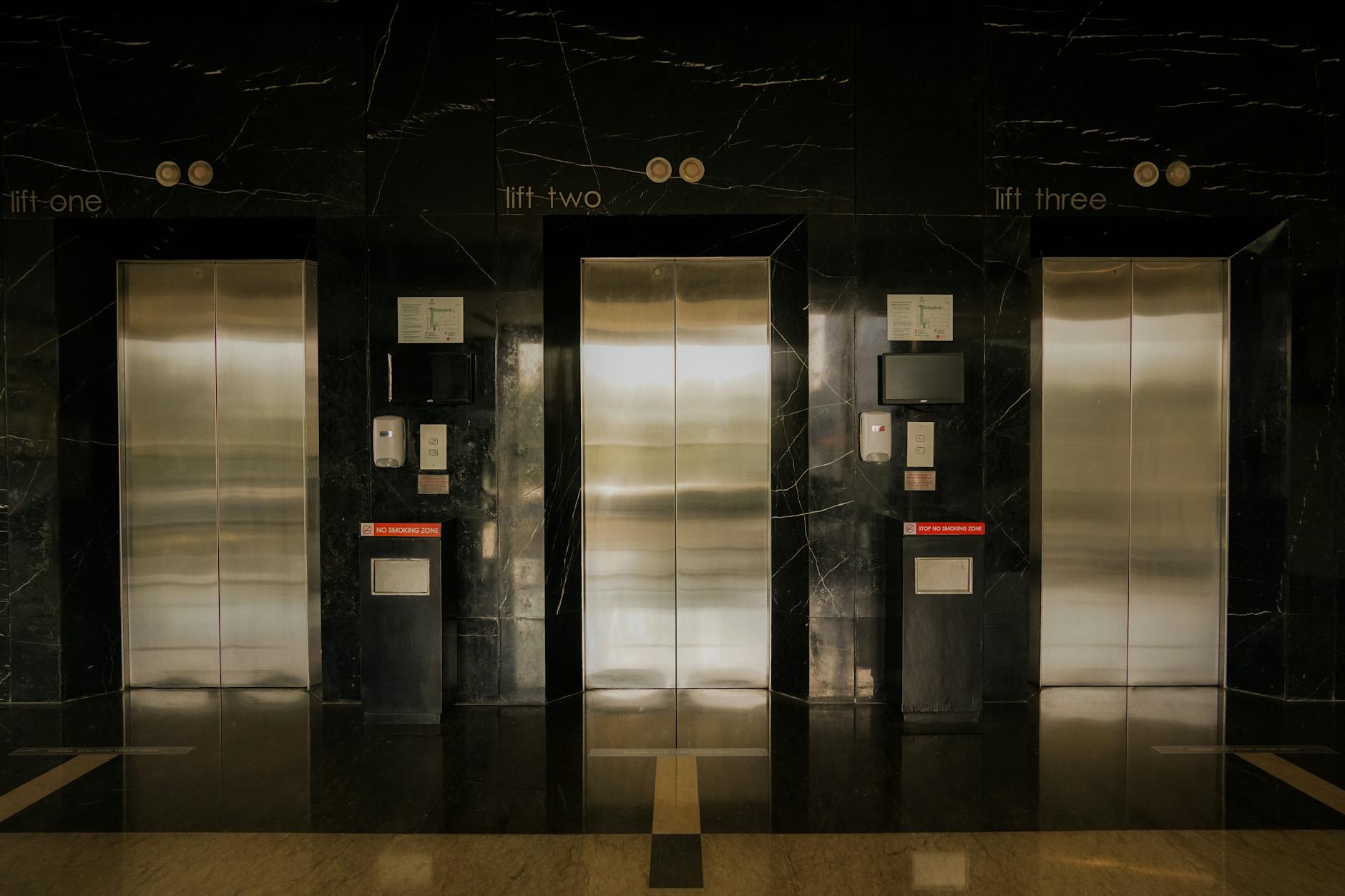Emerging Trends in Commercial Real Estate Leasing and Brokerage
Emerging trends in commercial real estate leasing and brokerage are reshaping the industry in profound ways. As economic conditions, technology, and tenant expectations continue to evolve, the traditional approaches to leasing and brokerage are being reinvented. This article explores the latest developments, from the integration of digital platforms to shifting tenant demands and sustainable building practices. These trends not only affect how agents operate but also influence how landlords and tenants interact in the market. Understanding these changes is crucial for stakeholders aiming to stay competitive and meet the new standards in commercial real estate. By analyzing key drivers behind these trends, this article provides insight into the future landscape of leasing and brokerage services.
Technology transforming brokerage operations
The rise of proptech (property technology) has been a significant force changing commercial real estate brokerage. Digital platforms used for listing, virtual tours, and automated lease management streamline processes, increasing efficiency for brokers and clients alike. Customer relationship management (CRM) systems integrated with data analytics help brokers identify potential leads and tailor offerings precisely to tenant needs. Additionally, artificial intelligence (AI) assists in market forecasting and lease negotiations by providing predictive insights. These tools not only reduce transaction times but also enhance accuracy in property evaluations and contract terms. As a result, brokers are able to offer more value-added services and improve client satisfaction.
Flexible workspace and evolving tenant preferences
Post-pandemic shifts in work culture have led to a growing demand for flexible workspaces. Many tenants now prioritize adaptability in lease terms and office layouts that support hybrid working models. Shorter lease durations and coworking options have become prevalent, challenging traditional long-term commercial lease structures. Landlords and brokers are responding by developing mixed-use buildings equipped with amenities like high-speed internet, collaborative zones, and wellness centers. The focus has moved from simply providing space to delivering a comprehensive tenant experience, incorporating flexibility and functionality. This trend encourages innovation in leasing agreements and requires brokers to become adept at negotiating terms that accommodate dynamic business needs.
Sustainability shaping leasing decisions
Environmental considerations are increasingly influencing commercial real estate decisions. Tenants are demanding green certifications such as LEED or WELL, prompting landlords to upgrade properties to meet sustainability standards. Eco-friendly buildings can command higher rents and attract quality tenants who value corporate social responsibility. Brokers play a crucial role in communicating the benefits of sustainable features and facilitating agreements with sustainability clauses, such as energy usage reporting and waste reduction commitments. Moreover, regulatory requirements around carbon emissions and energy efficiency are becoming stricter, making sustainability not just a preference but a necessity for leasing compliance and future growth.
Data-driven market insights and personalized service
Access to big data and analytics is enabling a shift from a generalized approach to a more personalized leasing process. Brokers and landlords use demographic and economic data to identify emerging markets and understand tenant behavior at a granular level. This facilitates customized offerings and optimized pricing strategies. The table below illustrates how different data types impact leasing decisions:
| Data type | Application | Impact on leasing |
|---|---|---|
| Demographic data | Identifying tenant profiles and workforce trends | Tailored lease terms and amenities |
| Economic indicators | Assessing market stability and growth potential | Informed pricing and investment decisions |
| Property performance metrics | Tracking rent collections and occupancy rates | Proactive lease renewals and tenant retention |
By leveraging this data, brokers offer more strategic consultations, positioning themselves as trusted advisors rather than simple intermediaries.
Conclusion
Emerging trends in commercial real estate leasing and brokerage highlight a dramatic transformation fueled by technology, tenant demands, sustainability, and data analytics. The integration of digital tools increases efficiency while enhancing client relationships. Meanwhile, the rise of flexible workspaces reflects new business realities that prioritize adaptability and user experience. Environmental responsibility has become a foundational element in property selection, influencing lease negotiations and regulatory compliance. Finally, data-driven strategies enable brokers and landlords to craft more precise, market-responsive offerings. Together, these trends underscore the necessity for industry players to evolve continuously, embrace innovation, and adopt a proactive mindset. Those who adapt effectively will be better positioned to thrive in a competitive, fast-changing commercial real estate market.
Image by: Salman Haris
https://www.pexels.com/@salman-haris-513980394
editor's pick
latest video
news via inbox
Nulla turp dis cursus. Integer liberos euismod pretium faucibua

